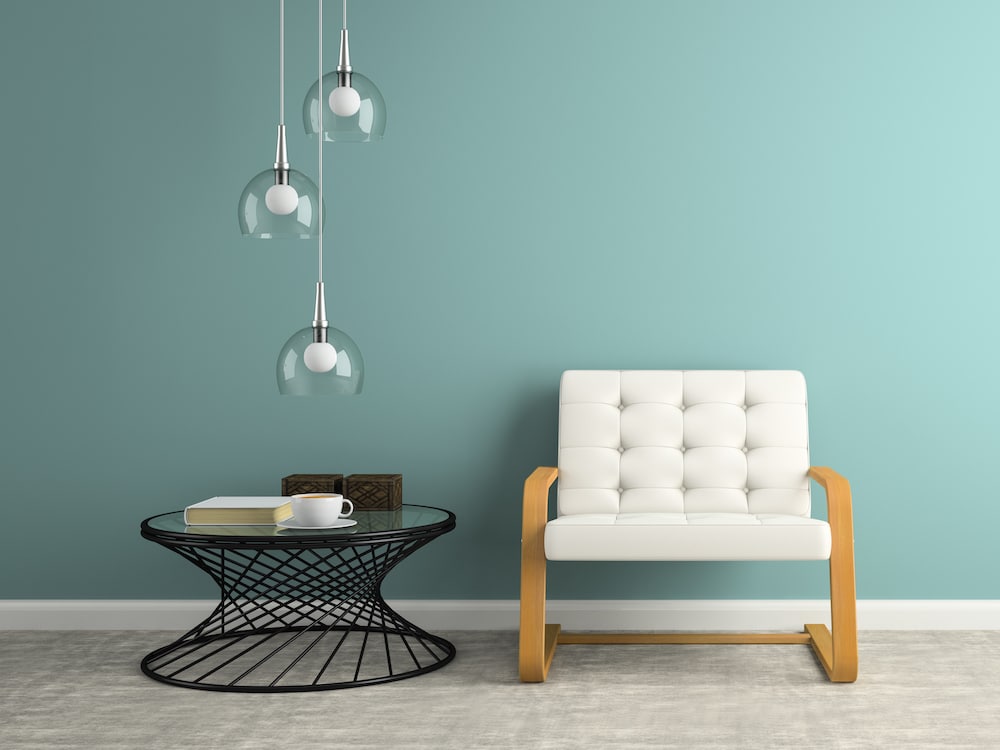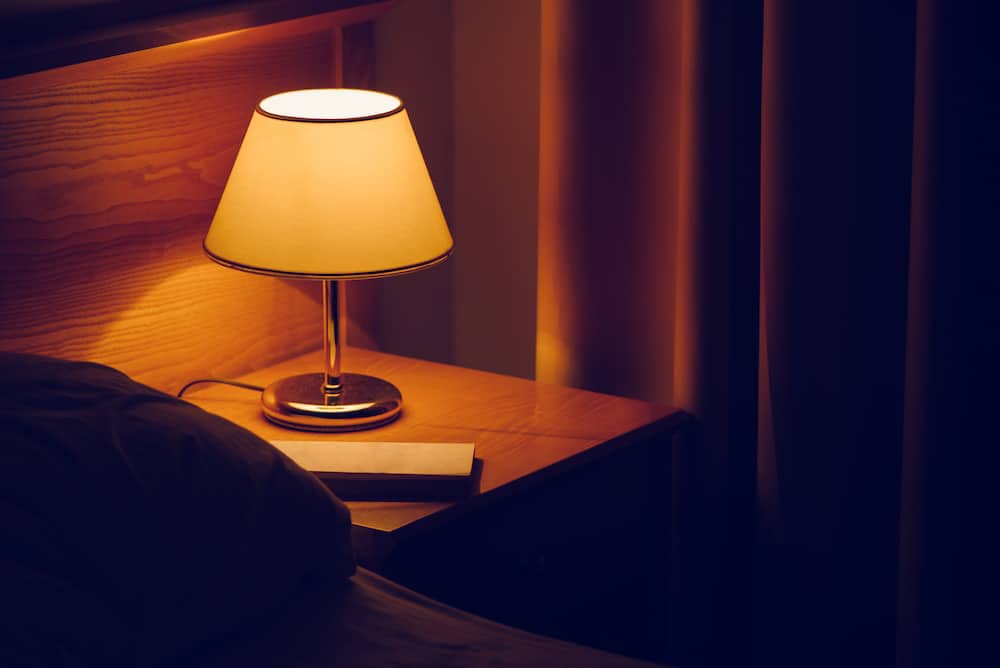
Lighting dramatically affects both the mood of a room and how big we perceive that room to be. When choosing both the type and placement of a lighting fixture we need to consider room size, purpose, wall color, layout, degree of natural light, and furniture.
Here are four major things to consider when designing your home’s lighting plan

Layer different types of lighting
The main mistake homeowners make is to opt for overhead lighting and stop there — but that’s not enough! Overhead lights are functional for lighting a space for a big party, but they won’t bring any warmth or dimension into a room. You miss out on the coziness of a lamp on your nightstand or the intimacy of a reading lamp by the couch – not to mention overhead lights can strain your eyes! Mix and match your lighting fixtures across different heights and see what a difference it makes.

Always opt for dimmers!
Have you ever gone into a restaurant and the lighting so bright it’s off-putting? How about a restaurant with dim light and candles? It’s a totally different vibe. The same goes for your home! Adding a dimmer to your lights allows you to adjust your lighting for the time of day and even your mood. Who doesn’t want that?

Consider Proportions
A giant table lamp next to a couch or a tiny chandelier over a grand dining table will make your room look disproportionate. Keep your space in mind when choosing a lighting fixture and you’ll thank us later.

Lamps should Help and not Harm
Installing light fixtures at the wrong heights can be more harmful than they are helpful. From hitting your head on a chandelier or having a reading lamp shine directly into your eyes – these are easy things we can avoid by following basic guidelines.
- Hang a dining room chandelier at least 66” above floor or 30” above the table to avoid any painful collisions. Additionally, the chandelier should be at least 1 ft shorter than the narrowest point on a table.
- Pendant lights should hang at least 30-36” above a kitchen island
- The shade of a table lamp adjacent to a couch should always match up with your shoulder so you can actually read instead of being blinded.
